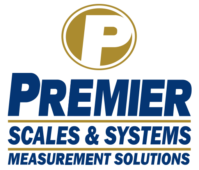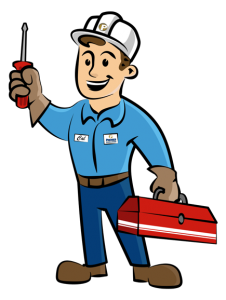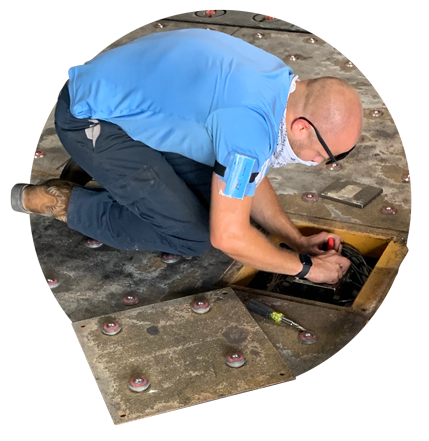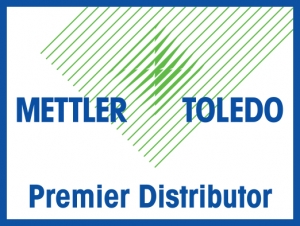Identify and Stop Minor Issues Before They Become Major Problems
An increasing number of companies are adopting preventative and predictive maintenance strategies to improve their production efficiency, extend equipment life, and manage their maintenance budgets. Much like changing a car’s oil or working out, we design preventative maintenance around long-term performance, not short-term costs. If done correctly, preventive and predictive maintenance strategies can empower your team to proactively plan downtime around your production schedule instead of constantly reacting to costly unplanned downtime. You can achieve this by using a blend of historical data, production demands, and plain common sense to identify and manage minor issues before they balloon into a major breakdown.
